JKPSC KAS Mains 2022 Philosophy Paper 1:
INSTRUCTIONS
Please read each of the following instructions carefully before attempting the paper.
(i) There are eight questions divided in two Sections and printed in English. Candidate has to attempt Five questions in All. Questions No. 1 and 5 are compulsory and out of the remaining, any Three are to be attempted choosing at least One question from each Section. The number of marks carried by a Question/Part is indicated against it. Answers must be written in English in Question-Cum-Answer (QCA) Booklet in the space provided.
(ii) Your answer should be precise and coherent.
(iii) If you encounter any typographical error, please read it as it appears in the text book.
(iv) Candidates are in their own interest advised to go through the general instructions on the back side of the title page of the Answer Script for strict adherence.
(v) No continuation sheets shall be provided to any candidate under any circumstances.
(vi) No blank page be left in between answer to various questions.
SECTION- A
1. (a) Critically comment on Spinoza’s claim that “[T] he more reality or being each thing has, the more attributes belong to it.” (10)
(b) Examine Quine’s arguments against logical empiricism, as discussed by him in “Two Dogmas of Empiricism”. (10)
(c) Do you think Moore’s defense of commonsense is a good response to skepticism? (10)
(d) Illustrate what Kant wants to convey when he says that “Space is a necessary a priori representation that underlies all outer intuitions”. (10)
(e) Discuss how Plato’s Forms (Ideas) possess the highest and most fundamental kind of reality. (10)
2. (a) Give a detailed account of Hegel’s Dialectical Method as threefold moments (stages) of development. (20)
(b) What does Heidegger mean by his assertion that “Dasein’s Being finds its meaning in temporality.” Explain. (15)
(c) Discuss Aristole’s account of substance in the light of his claim that “Substance is primary in all senses, both in definition and in knowledge and in time. For none of the other categories can exist separately, but substance alone.” (15)
3. (a) What is Cartesian Dualism? Explain how Descartes’ philosophical endeavours led him to dualism? (20)
(b) Philosophically reflect on “God has been more generous with men than to give them a strong desire for knowledge that he has placed out of their reach.” (15)
(c) Critically evaluate the ontological status of essences in Husserl’s phenomenological thoughts. (15)
4. (a) “When we say that analytic propositions are devoid of factual content, and consequently that they say nothing, we are not suggesting that they are senseless in the way that metaphysical utterances are senseless.” Examine the statement and explain why Ayer believes that analytic propositions are necessary but not senseless. (20)
(b) Do you believe that Wittgenstein’s later philosophy represents a complete repudiation of the notion of an ideal language? Answer with reasons. (15)
(c) Discuss Kierkegaard’s idea of authentic existence in reference to his assertion that “The self is a relation that relates itself to itself…” (15)
SECTION- B
5. (a) Discuss Aurobindo’s theory of Involution and its difference from Evolution. (10)
(b) What are the five sufferings (kles’a), given in Yoga philosophy? How can they be obliterated? (10)
(c) Elucidate the Panca skandhah (Five components) of Buddhism as defined in the Dharma-samgraha. (10)
(d) Expound the Jaina statement that “Consciousness is the differentia (distinctive characteristic) of the soul” (Upyogo Laksanam). (10)
(e) To what extent, Hume’s philosophy has a resemblance with that of Buddhism? Examine the parallels. (10)
6. (a) Discuss the debate between anvitabhidhanavada and abhihitanvayavada and its philosophical significance in Indian epistemology. (20)
(b) “We uphold plurality as the three entities- the individual selves, the world and the supreme Lord- are mutually distinct in their substantive nature and attributes and there is no mutual transposition of their characteristics.” In the light of this statement, explain the relationship between Cit, Acit and Is’vara. (15)
(c) Comment on Russell’s assertion that “Matter is a logical construction of sense – data.” (15)
7. (a) Give a philosophical account of Sankara’s idea of adhyasa (superimposition) as explained by him in Adhyasa Bhasya. What kinds of proof for adhyasa does he offer? (20)
(b) Illustrate the process of evolution given in Samkhya philosophy. Also, examine the reasons for why the world comes into existence in the very first place. (15)
(c) Do you agree with Sartre that existence precedes essence? Give reasons. (15)
8. (a) Discuss the key features of Carvaka’s metaphysics. (20)
(b) Give a detailed account of the Vaisesika’s atomic theory of creation. (15)
(c) Examine Kant’s arguments against the three traditional attempts to prove god’s existence: the ontological, cosmological and physico-theological (or teleological). (15)


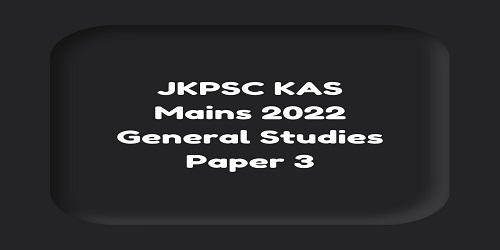
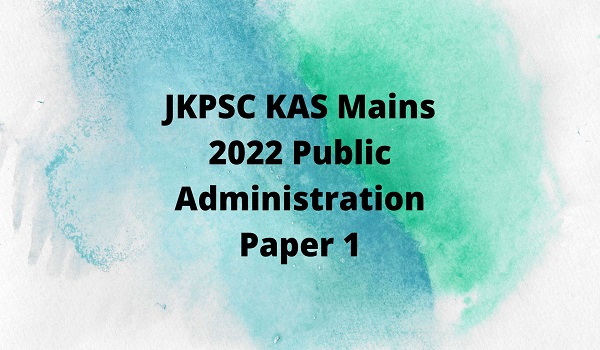
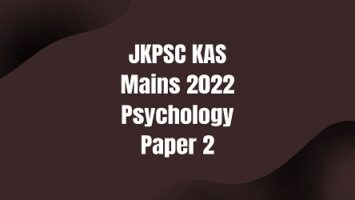
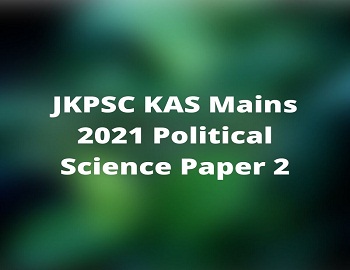
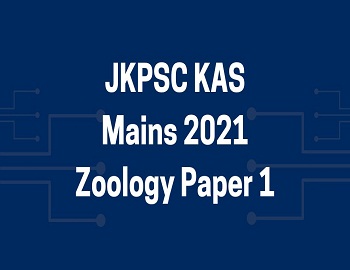
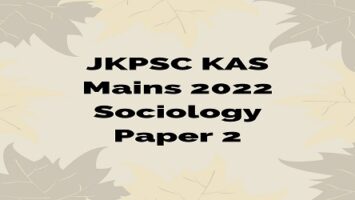
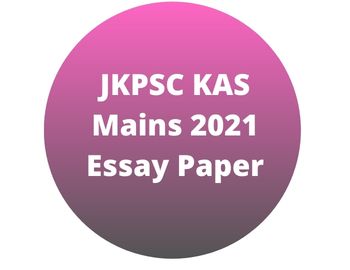
Comments (No)